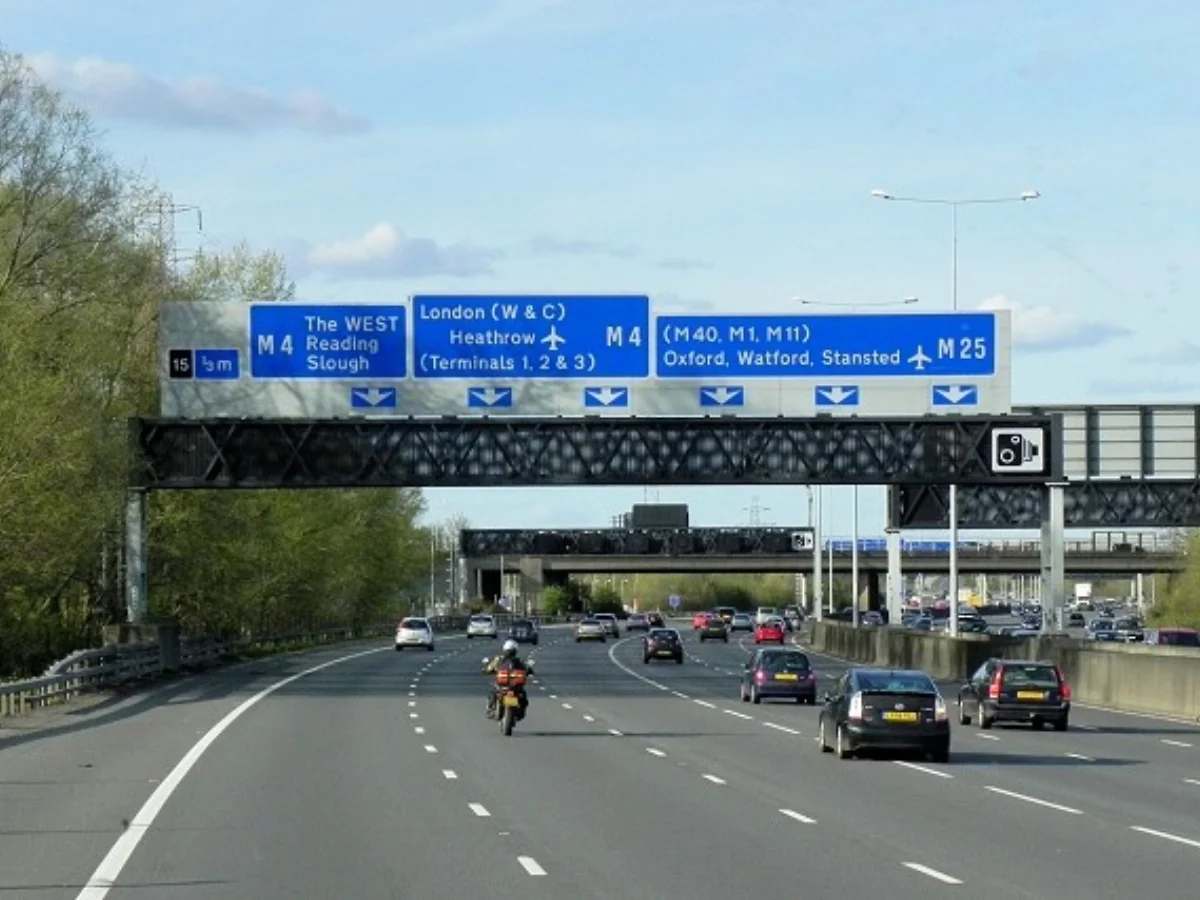Introduction
In the world of roadways, the terms “dual carriageway” and “motorway” often come up, and while they may seem similar, they have distinct characteristics and purposes. This article aims to clarify the differences between these two types of roads, helping drivers navigate them safely and confidently.
1. What Is a Dual Carriageway?
A dual carriageway, often referred to as a divided highway, is a type of road that features two separate carriageways (lanes of traffic) running parallel in opposite directions. These carriageways are divided by a central reservation, typically a physical barrier or a wide median. Dual carriageways are designed to facilitate the flow of traffic, reducing congestion and improving safety.
2. What Is a Motorway?
A motorway, on the other hand, is a high-speed road built specifically for fast-moving traffic. It shares some similarities with dual carriageways, such as divided carriageways, but it is subject to stricter regulations and often has more lanes. Motorways are typically reserved for long-distance travel, connecting major cities and regions.
3. Key Differences
Now, let’s delve into the key differences between dual carriageways and motorways:
a. Access Points
- Dual Carriageway: Dual carriageways may have various access points, including intersections, junctions, and driveways, allowing vehicles to enter and exit the road from various locations.
- Motorway: Motorways have limited access points. They usually have dedicated entrance and exit ramps, ensuring controlled and safer entry and exit from the road.
b. Speed Limits
- Dual Carriageway: Speed limits on dual carriageways are typically lower than on motorways, although they can still be relatively high. Drivers must adhere to posted speed limits.
- Motorway: Motorways have higher speed limits compared to dual carriageways. In many countries, the minimum speed limit is also enforced to maintain smooth traffic flow.
c. Lane Configuration
- Dual Carriageway: Dual carriageways may have two or more lanes in each direction, but they can vary in width and layout. Overtaking is permitted when safe.
- Motorway: Motorways often feature three or more lanes in each direction, designed for overtaking slower vehicles. Lane discipline is crucial, with overtaking taking place on the right.
4. Which Road Should You Choose?
Choosing between a dual carriageway and a motorway depends on your journey’s nature and distance.
- If you are traveling short distances, commuting, or accessing local areas, a dual carriageway is likely sufficient.
- For long-distance travel between major cities or regions, especially when speed and limited interruptions are essential, a motorway is the preferred choice.
5. Driving Safely on Dual Carriageways and Motorways
Regardless of the road type, safety should always be a priority. Here are some tips for safe driving on both dual carriageways and motorways:
- Follow posted speed limits and pay attention to variable speed signs.
- Use your indicators to signal lane changes and overtaking.
- Maintain a safe following distance from the vehicle ahead, especially in adverse weather conditions.
- Be aware of merging and exiting vehicles, especially on motorways.
- Avoid distractions and stay focused on the road.
6. Conclusion
Understanding the differences between dual carriageways and motorways is essential for safe and efficient travel. Each road type serves its purpose, catering to various travel needs. By adhering to road regulations and practicing safe driving habits, you can navigate these roadways confidently.
7. FAQs
1. Can pedestrians and cyclists use dual carriageways and motorways?
- No, dual carriageways and motorways are typically restricted to motorized vehicles. Pedestrians and cyclists are not permitted for safety reasons.
2. Are motorways toll roads?
- In some regions, motorways may have tolls, while others are toll-free. It varies by location and country.
3. Can learner drivers use motorways?
- Regulations regarding learner drivers on motorways vary by country. In some places, they are allowed with certain conditions, while in others, they may be prohibited.
4. Do all countries use the terms “dual carriageway” and “motorway”?
- No, terminologies may differ. For example, in the United States, the term “freeway” is often used instead of “motorway.”
5. How can I find out the specific rules and regulations for dual carriageways and motorways in my region?
- Refer to your country’s official road authority or transportation department for detailed information on road rules and regulations. Read more: https://lookupin.co.uk/
